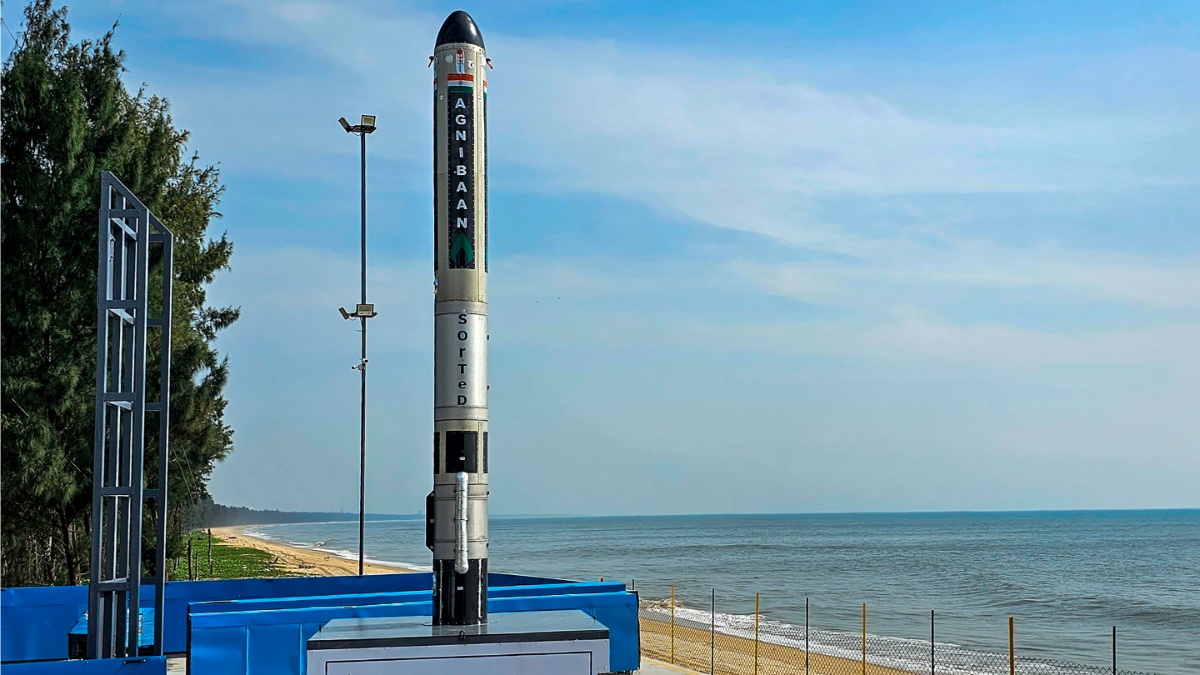World’s First rocket with 3D Printed Engine launched

Congratulating Agnikul on the launch, Dr S Somanath, Chairman, ISRO, said, “the success involving many firsts including demonstrates the prowess of indigenous design and innovation. It motivates ISRO to support the space startups and non-governmental entities for innovation.”
Speaking about the next steps, Prof. Satyanarayanan R Chakravarthy, Founding Advisor, Agnikul Cosmos said, “we are proud to present India’s first semi-cryo rocket engine, which is also the world’s most integrated single shot 3D printed piece. It signals the ability to rapidly assemble rockets that is unparalleled.” The Agnikul team consists of over 200 engineers and is associated with NCCRD at IIT Madras. Additionally, the team is guided by 45 former scientists from ISRO who bring invaluable expertise to the endeavour of democratising access to space.
The flagship launch vehicle, Agnibaan, can be configured to accommodate payloads ranging from 30 kg to 300 kg, ensuring versatility across a wide range of mission requirements. The startup is looking at flying an orbital mission towards the end of the financial year of 2025 and is working with customers on flights starting regularly from CY25.
